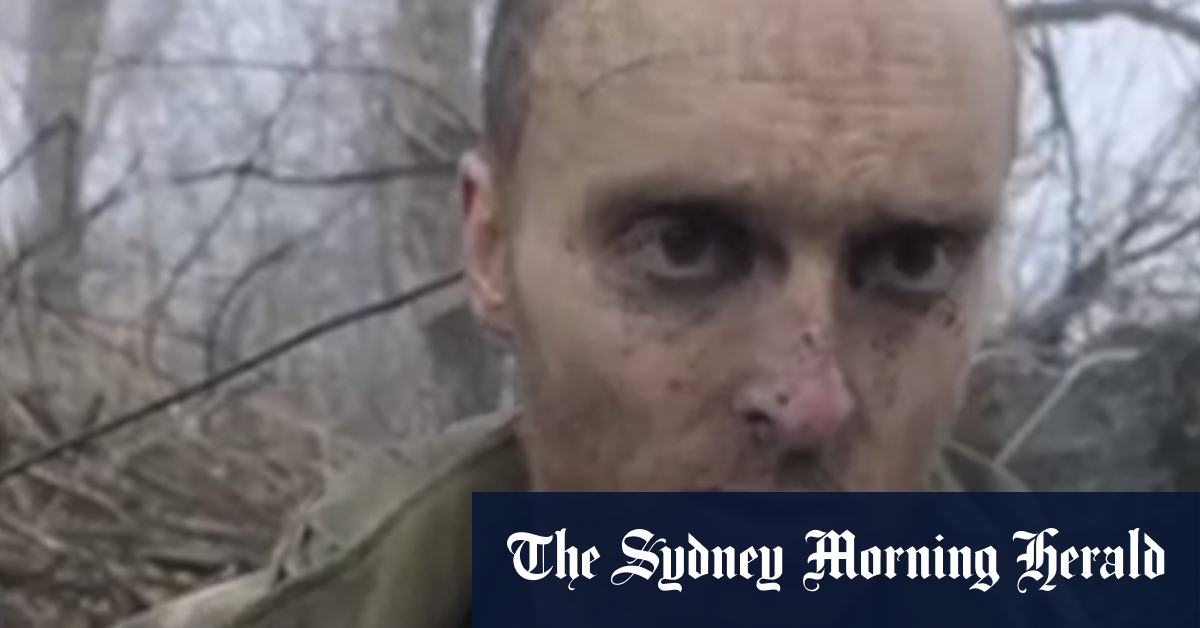Four years after COVID shuttered borders, millions of international tourists are nowhere to be seen

- by Admin
- April 16, 2024
For two years, Marcela Ribeiro worked three jobs to save for her dream holiday to Australia.
Like millions of people across the globe, the 35-year-old from Brazil had long wanted to explore the country’s world-famous destinations, specifically the Great Barrier Reef, World Heritage-listed rainforest and sandy beaches.
“I worked really, really hard, many jobs, to get here,” Ms Ribeiro said.
“The flights were very expensive, so I have to watch everything I spend. I can’t afford to eat out in the restaurants every day.”
It’s been a similar story for William Grbava from Canada and Amelia Mondido from the Philippines, who last week arrived in Australia for a holiday.
“It’s expensive here, much more than we were expecting. We have only been able to factor in a short stop in Sydney,” Mr Grbava said.
“We just had a beer and a pizza in Circular Quay for $50.
”What I really wanted to do was drive up the coast to Brisbane, through Byron Bay and those beautiful towns. That’s what I did when I was younger. But with the cost of fuel and car rental, it wasn’t possible.”
Industry yet to recover to pre-COVID levels
It’s been more than four years since Australia’s borders suddenly closed to the rest of the world and became one of the most isolated destinations on the globe.
COVID-19 wreaked havoc across the country’s economy, but nowhere was the pain as instant or more devastating as in the tourism industry.
In 2019, 8.7 million tourists visited Australia from overseas in an industry that was worth $166 billion.
New figures from Tourism Research Australia show there were only 6.6 million international visitors last year, a deficit of more than 2 million compared to 2019 levels.
Victoria experienced the largest loss in international visits at 33 per cent, followed by Queensland at 24 per cent and New South Wales at 22 per cent.
Nationally, Chinese visitor numbers — which made up the bulk of visitors to Australia pre-pandemic — slumped to 507,000 last year, down from 1.3 million in 2019.
Figures for the month of February show more than 850,000 people visited Australia, an increase of 257,000 for the same time in 2023, but 7.5 per cent less than pre-COVID levels.
Gui Lohmann from Griffith University’s Institute for Tourism said there were a number of reasons for the slow return of international visitors.
“The airfares are significantly high and we are under an inflationary situation with labour and food costs,” Professor Lohmann said.
“It could be challenging for Australia to reach above 8 million international visitors in the scenario we are in at the moment.”
Professor Lohmann said cost-of-living pressures were also at play in the return of international tourists, as was a “reset” in European thinking.
“Many Europeans believe a long-haul trip is quite damaging to the environment and they’re also flying less generally,” he said.
“Their domestic airline routes no longer exist [and] have been replaced by train trips.”
He said China’s ongoing economic problems, the war in Ukraine and United States’ election were also having an impact.
“It’s a much more complicated world we are facing after the pandemic,” he said.
A long road to recovery
Oxford Economics has forecast it could take until 2025-26 before Australian tourism returned to pre-pandemic levels.
Tourism Australia, a government agency that promotes holidays, said the strongest markets since borders reopened had been New Zealand, the United States and the United Kingdom.
“We always knew that the recovery of international travel to Australia would take time, and we have continued to see the steady return of international visitors to our shores,” a spokeswoman said.
Maneka Jayasinghe, a tourism expert at Charles Darwin University, said affordability was a key factor in attracting visitors Down Under.
She said the state and federal governments should consider subsidising travel to Australia.
“Measures to reduce costs, such as discounted hotel prices, tourism package deals and food vouchers could be of importance to encourage visitors to Australia,” Dr Jayasinghe said.
“Tourism operators were badly hit during COVID so may not be in a financially viable position to provide further perks to visitors, especially the small-scale operators in smaller states and territories and those operating in remote areas.”
She said re-establishing links with traditional tourism markets, including Japan, was also a potential solution.
“Countries with a rapidly growing middle class, such as India, could have high potential to grow. Some of the south-east Asian countries, such as Vietnam and Indonesia, could also be attractive due to their proximity to Australia.”
Dutch tourists Tim Erentsen and Laleh Maleki estimated it would cost them around $16,000 for their three-week holiday in Australia, where they are visiting Sydney, the Whitsundays and Cairns.
“It has been expensive, especially the flights,” Mr Erentsen said.
Ms Maleki said the couple had travelled extensively throughout Europe and the US and the cost of hotels and food in Australia was comparable.
“We thought if we were coming all this way and spending the money to get here, we should stay a bit longer, which is adding to the cost,” Ms Maleki said.
But despite that extra cost, she said the trip had been worth it.
“We love the nature, it feels very safe here. The food is so good and the people are very friendly.”
Loading…
The Latest News
-
December 23, 2024Aussies complete series clean sweep against New Zealand
-
December 23, 2024Annabel Sutherland’s sizzling summer continues as Australia ease to win over New Zealand
-
December 23, 2024BREAKING: Aussie grand slam champ accepts anti-doping ban
-
December 23, 2024Kyrgios return ‘super exciting’ for Australian tennis says Alex de Minaur
-
December 23, 2024‘Got some good bants’: Hilarious stump mic warning as Konstas plots secret Bumrah counter




